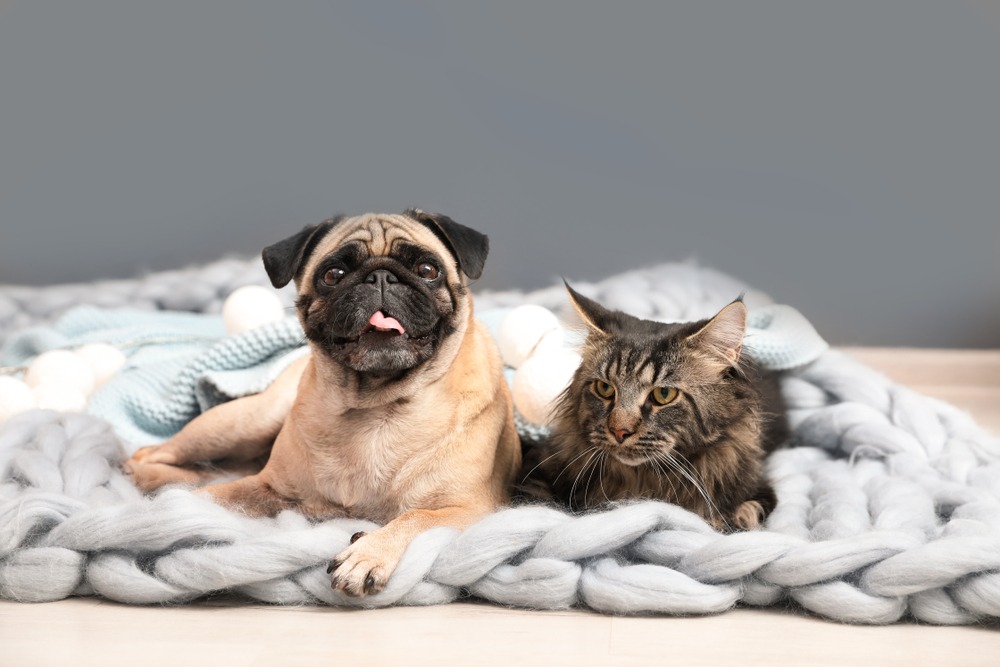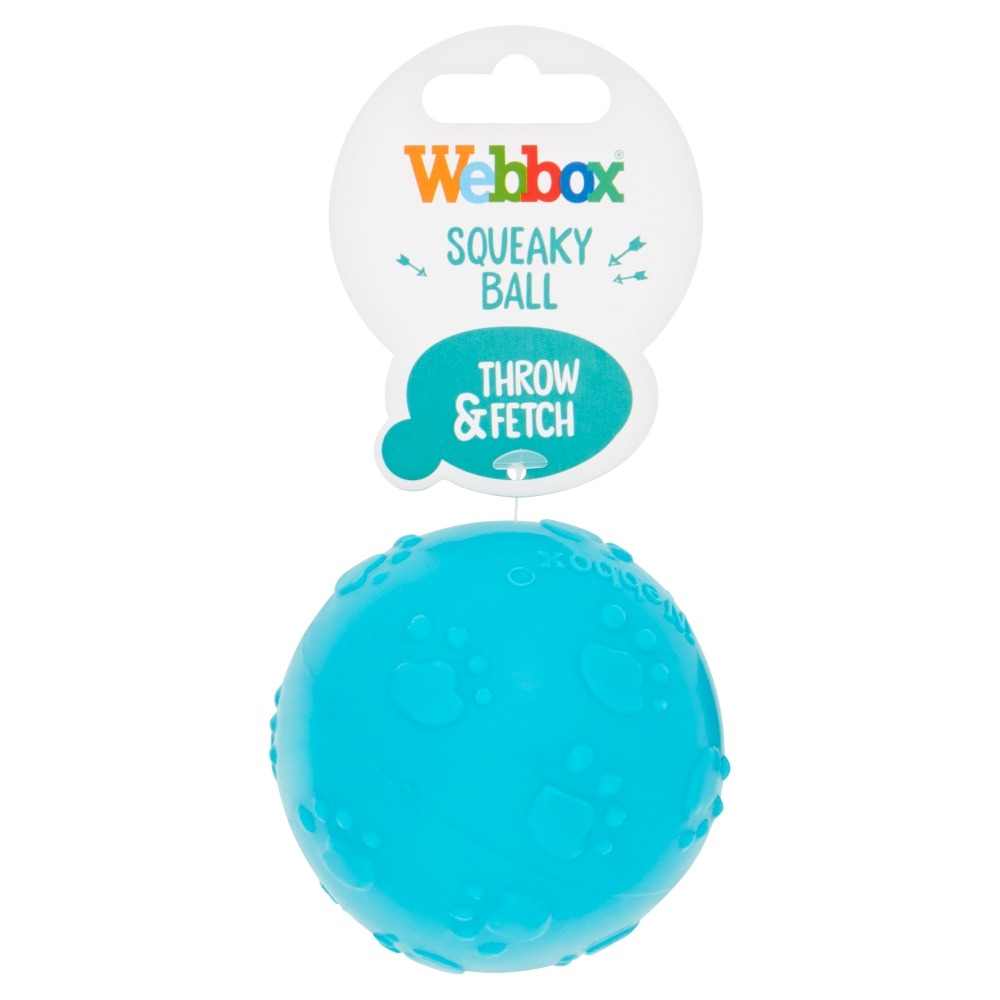
When it comes to dogs and cats, getting them to coexist in harmony is easier said than done. It’s true that they’re two totally different species with opposing habits and instincts. However, let’s get this out there…cats and dogs not being able to live with each other is a myth.
Bringing a new dog into a cat’s personal space or vice versa certainly is difficult, and doesn’t come without its own share of problems – but it’s definitely not impossible. Not to get too philosophical, but integrating pets with each other, like a lot of things in life, takes time and effort from the pet owner.
The most ideal time to introduce a cat and dog is by adopting them as kittens and puppies so they can learn to mind each other’s personal space from a very young age. Typically, the best time to do introductions for a kitten is between a month and a half to three months; while for puppies it’s best doing this between two to four months old. However, for most families, the desire to integrate another pet typically happens once they already have a settled and established pet living in the house.
So how can you help cats and dogs live together in peace? Read on for our top tips:
Never Introduce Them On Their Own
First things first, you should never introduce a cat and dog for the first time without supervision. resulting in injuries that can have lasting effects. Both species are naturally territorial so to throw one into the other’s space without any warning is a recipe for disaster.
Slowly Introduce Them Together
Choosing a certain space to introduce the two pets can have a massive impact on how they will react to each other moving forward. For example, if your cat’s domain is usually the kitchen or the bedroom; it can be aggravating or upsetting for them to have another pet introduced abruptly into their own personal space, as they see it as their territory. In this case, it would be best to choose a neutral room for both pets to be slowly introduced.
Before introducing them face to face, you can have sessions where you keep one animal in a different room. That way, they can get used to each other’s scents before they actually meet in the flesh.
The next step is face-to-face introductions. It is safest to hold one of your pets, while a friend or family member holds on to the other, keeping them both at eye level. If one becomes aggravated or upset by the other’s presence, simply remove that pet from the room and try again at a later date. This slow and steady approach will help your cat and dog get used to each other’s presence and they should begin to settle.
Rotate Which Pet Has Freedom To Roam
Once you have introduced your pets under supervision, and they’ve shown signs of becoming more comfortable in each other’s company, you can start to loosen up the restrictions for them. You can try giving the cat freedom to roam around the room, which allows them to get used to the dog’s scent and become used to its presence in the room. If the cat shows signs of becoming angry or upset, end the session and try again at a later date – if this consistently happens over successive sessions, move back a step and keep hold of both pets during introductions.
Move To Introducing The Dog On a Lead
We’re getting somewhere, but we’re not quite there yet. Puppy steps!
Once you are comfortable that your pets are showing signs of settling when you’ve got hold of both pets, you can let your dog get a bit closer to the cat, whilst on a lead. This way you can see how the cat will react to the dog being able to move around restrictedly in their personal space. It keeps any chances of the cat becoming upset to a minimum as you can still remove the dog from the room easily while on its lead.
Introduce The Dog Off The Lead
This step is a telling part on how comfortable your pets are around each other but it is key to make sure when you do this, you stay in the room supervising them. Doing this helps keep them both in check and allows them to become comfortable around each other in their own time. Make sure to keep doing this for a restricted amount of time for the first few sessions, no more than ten to twenty minutes at a time. Slowly increase the amount of time spent in each other’s company until you’re confident they can be around each other without issue.
Reward Both Pets Equally
Throughout the process of the cat and dog becoming accustomed to each other, make sure that from the very first session to the last, you always reward them both equally, especially in the other’s presence. If you don’t split treats equally in front of the other, it can lead to the cat or dog seeing this as preferential treatment and becoming jealous, making it harder to accept their new housemate into their life – not what you want at all!
Feed Your Pets Together
Nothing quite brings everyone together like some good food right? The same logic applies here for your cat and dog. When it comes to feeding time, make sure you feed them both at the same time so they’re used to eating in the other’s company, helping to relax both pets in the process.
It Isn’t Guaranteed To Work For All Pets
As much as each and every one of these steps may help when introducing cats and dogs to each other in your household, this one is just as key – what works for some may not work for all. This isn’t a generic rule, more so that it is ultimately down to the individual temperaments of the pets and how open they are to accepting another animal into their space. If after trying these steps, there is no sign of progress and one pet continues to reject the other’s presence, you may need to review your pet situation.
Being able to bring both cats and dogs into the same household can be one of the most rewarding challenges you take on. Please note that the time frame is totally dependent on each individual pet’s temperament and how open they are to welcoming another pet. We hope that our top tips for bringing cats and dogs together have helped guide you through the process for a happy, furry household!

Shop for Dogs
Personalise your search:
Shop for Cats
Personalise your search:
Our Most Popular Products

Webbox Dog Treasure Hunt Eggs

Webbox Lick-e-Lix with Beef Cat Treats

Webbox Lick-e-Lix Liver Sausage & Cat Grass Cat Treats

Webbox Lick-e-Lix Cheese & Taurine Cat Treats

Webbox Lick-e-Lix Chicken Cat Treats

Squeaky Ball

Webbox Naturals Fish & Meat in Jelly Wet Cat Food

Webbox Naturals Tuna Mousse Wet Cat Food

Webbox Naturals Dry Adult Cat with Chicken and Duck Dry Food

Webbox Cat Easter Egg
Get the latest tips ‘n’ advice
Want to find out interesting facts and get helpful tips?
Need help choosing the right food?
Try our Pet Food Finder.

 FREE delivery on orders over £40!
FREE delivery on orders over £40!







